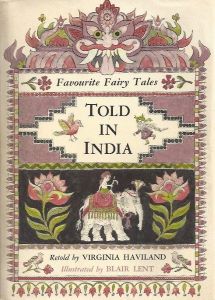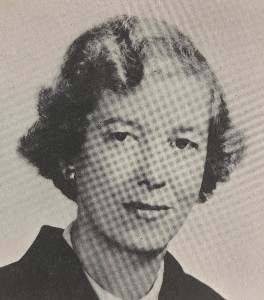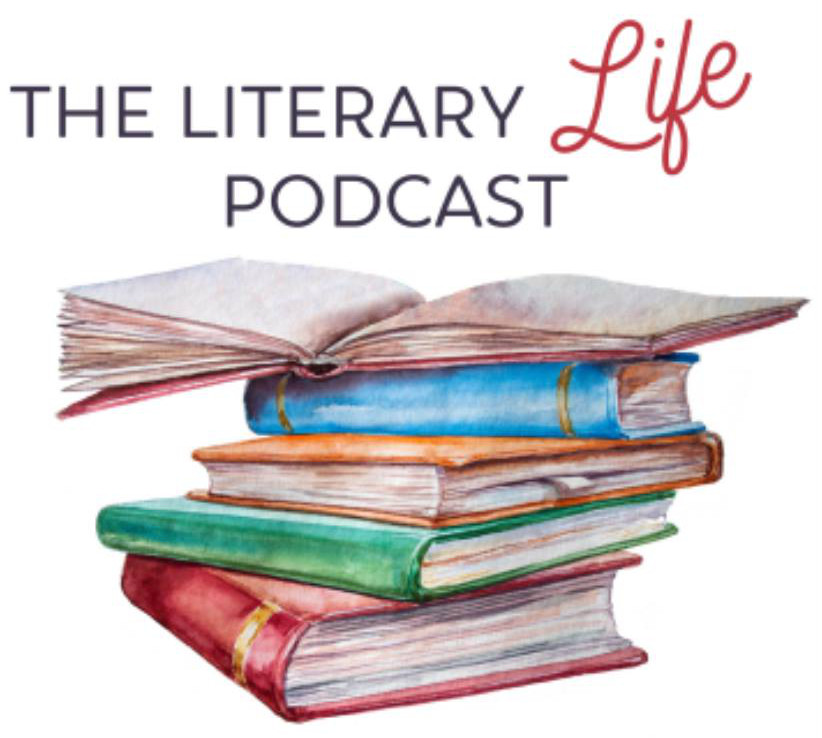Favorite Fairy Tales Told in India (Adaptation)

Illustrator:
Blair Lent
Virginia Haviland
Publication:
1973 by Little, Brown, and Company
Genre:
Fairy Tales, Fiction, Folk Tales, World Cultures
Series:
Virginia Haviland's Favorite Fairy Tales ![]() Members Only
Members Only
Pages:
95
Current state:
Basic information has been added for this book.
It has been read but content considerations may not be complete.
Book Guide
Search for this book used on:
Full of magic and excitement and illustrated by a brilliant artist, here are stories you'll want to read and look at over and over again.
THE VALIANT CHATTER-MAKER. An ordinary man captures a tiger and thus makes his fortune.
THE LITTLE JACKALS AND THE LION. The jackals discover that cleverness can be more powerful than strength.
THE CAT AND THE PARROT. A cat learns to his misfortune that one cannot eat all one sees.
THE BLIND MAN, THE DEAF MAN AND THE DONKEY. Two friends unwittingly defeat a demon and give each other a great gift.
THE ALLIGATOR AND THE JACKAL. An alligator discovers that it is difficult to find a meal through trickery.
SIR BUZZ. A tiny, impudent man helps a soldier's son and his beloved son.
THE TIGER, THE BRAHMAN AND THE JACKAL. A man is saved from death by a clever act.
THE BANYAN DEER. An act of mercy earns a beautiful creature his life.
From the dust jacket
To view an example page please sign in.
Resource Guide
Episode 70: Why Read Fairy Tales?
Released in 2020 by The Literary Life
Available formats: Streaming Audio
Length: 1 hr. 29 min.
View on the The Literary Life site
"Angelina Stanford and Cindy Rollins tackle the topic of fairy stories, discussing the what, why and how of reading them. Angelina shares the distinctive characteristics of fairy stories in contrast to other types of stories, such as myths. They deal with the question of whether fairy tales are 'escapist', the influence of the Grimm brothers scholarly work on interpreting fairy stories, and allowing the story to unveil its deeper truths without forcing meaning onto it.
Angelina gives an illustration of how to see the gospel messages in fairy tales by talking us through the story of Sleeping Beauty. She refutes the ideas that fairy tales are about human romance or are misogynistic. She also highlights some of the Enlightenment and Puritan responses to fairy tales that still linger with us today. Cindy and Angelina also discuss some common concerns such as the magical, weird, or scary aspects of fairy tales. Angelina also makes a distinction between folk tales, literary fairy tales, and cautionary tales."
Find This Book
Search for this book used on:




